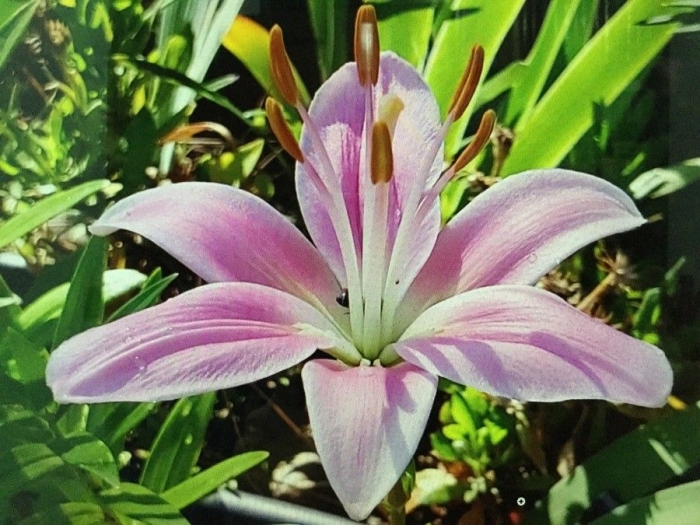Madonna Lily
(Lilium candidum)
Madonna Lily (Lilium candidum)
/
/

Javier Ibañez
CC BY-SA 4.0




















































Estimated Native Range
Summary
The Madonna Lily is valued for its elegant, fragrant blooms and is often used in borders, cottage gardens, and as a cut flower. It requires full sun to light shade and prefers well-drained, alkaline to neutral soil. While it can tolerate a range of water conditions, it does best with consistent moisture during the growing season. It is important to note that all parts of the plant are highly toxic to cats, and ingestion can be fatal. Additionally, the Madonna Lily can be susceptible to lily beetle infestations and various fungal diseases, such as botrytis blight. Gardeners should be vigilant and take preventive measures to protect these plants.CC BY-SA 4.0
Plant Description
- Plant Type: Herb
- Height: 4-6 feet
- Width: 1-2 feet
- Growth Rate: Moderate
- Flower Color: White
- Flowering Season: Spring, Summer
- Leaf Retention: Deciduous
Growth Requirements
- Sun: Full Sun
- Water: Medium
- Drainage: Slow, Medium, Fast
Common Uses
Bee Garden, Bird Garden, Butterfly Garden, Edible*Disclaimer: Easyscape's listed plant edibility is for informational use. Always verify the safety and proper identification of any plant before consumption., Fragrant, Hummingbird Garden, Low Maintenance, Rock Garden, Showy Flowers
Natural Habitat
Native to grasslands, scrublands, and open woodlands in the Eastern Mediterranean and Balkans
Other Names
Common Names: White Lily, Weiße Lilie, Madonnen-Lilie, Witte Lelie, Madonnalilja, Lilija Belaja, Açucena-Branca, Lírio-Branco
Scientific Names: , Lilium candidum, Lilium album, Lilium candidum var. salonikae, Lilium candidum var. peregrinum, Lilium striatum, Lilium candidum f. peregrinum, Lilium candidum f. striatum, Lilium candidum subsp. peregrinum, Lilium candidum var. aureomarginatum
GBIF Accepted Name: Lilium candidum L.